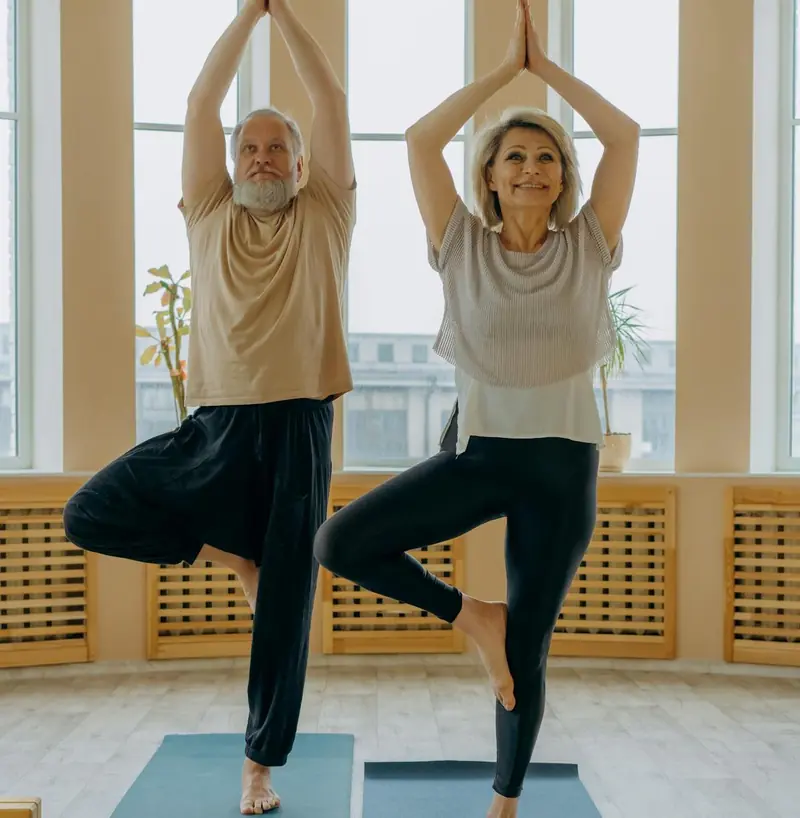
It turns out that when we balance on one leg, any wobble or fall may indicate that our body is aging faster than we thought.
A team of researchers from the renowned Mayo Clinic in Minnesota claims that the length of time we can balance on one leg reflects the aging speed of our neuromuscular sensory system.
This system consists of nerves that connect muscles to the brain and spinal cord, enabling muscles to move when necessary. Deterioration of this system goes hand in hand with aging and can lead to slower movements and reactions.
What Did the Scientists Discover?
A study published in PLOS assessed the ability of 40 participants aged 50 to 80 to balance on one leg. All participants had similar height, weight, and levels of regular activity. The main difference among them was their age.
Each volunteer was asked to balance for 30 seconds four times: two attempts on each leg, first with their eyes closed and then again with their eyes open. To see how age affects balance, the team tracked how many seconds each person was able to maintain their balance during the 30-second period.
The team found that for every subsequent decade, wobbling increased by 6.3 percent with eyes open and by 10.5 percent with eyes closed. The study also showed that the time participants could balance decreased by 2.2 seconds per decade on the non-dominant leg and by 1.7 seconds on the dominant leg.
This suggests that the duration of time a person can maintain balance is a true indicator of aging.
“Balancing on one leg requires numerous components of physiological function, each of which typically declines with age, such as leg muscle strength, neuromuscular coordination, as well as the retention of sensory information and reflexes,” explained Professor David Proctor, an aging and exercise expert at Penn State University, who was not involved in the study, to BBC Science Focus.
In fact, balancing for 30 seconds doesn’t require much muscle strength, but it does demand adequate neuromuscular control. However, with age, the number of wobbles increases, and the time spent balancing decreases.
So, what can be done about this? According to scientists, balance exercises and aerobic activities such as swimming, running, or cycling can help slow down these age-related processes.
